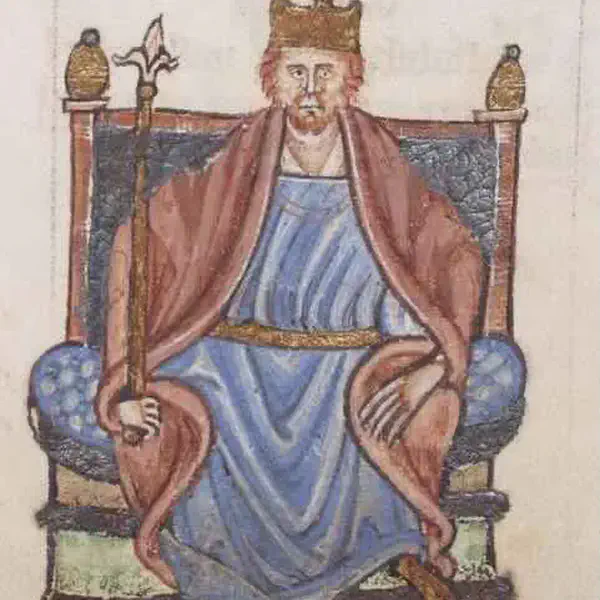
Henry II Holds His Court in Dublin From This Date to 2 February 1172
November 11, 1171
Henry II (5 March 1133 – 6 July 1189) was King of England from 1154 until his death in 1189. During his reign he controlled England, substantial parts of Wales and Ireland, and much of France (including Normandy, Aquitaine and Anjou), an area that altogether was later called the Angevin Empire, and also held power over Scotland and the Duchy of Brittany.
Henry II of England held his court in Dublin from November to 2 February 1172. This period marked an important event in the history of Ireland during the Norman invasion.
The Anglo-Norman invasion of Ireland took place during the late 12th century, when Anglo-Normans gradually conquered and acquired large swathes of land from the Irish, over which the kings of England then claimed sovereignty, all allegedly sanctioned by the papal bull Laudabiliter.
In October 1171, King Henry landed with a large army to assert control over both the Anglo-Normans and the Irish. This intervention was supported by the Roman Catholic Church, who saw it as a means of ensuring Irish religious reform, and a source of taxes.
Henry II’s involvement in Ireland was partly motivated by a desire to strengthen his control over territories and to assert authority over the Norman lords who had established themselves in Ireland.
At the time, Irish marriage laws conflicted with those of the broader Church, and the Gregorian Reform had not been fully implemented. Henry granted Strongbow Leinster as a fiefdom, declared the Norse-Irish towns to be crown land, and arranged the synod of Cashel to reform the Irish church. Many Irish kings also submitted to him, likely in the hope that he would curb Norman expansion, but Henry granted the unconquered kingdom of Meath to Hugh de Lacy.
After Henry’s departure in 1172, fighting between the Normans and Irish continued.
The arrival of Henry II in Ireland in 1171 had significant consequences:
Submission of Irish Kings: During his stay, Henry received the submission of several Irish kings and rulers, acknowledging his authority. This marked an initial step toward the integration of Ireland into the broader Angevin Empire.
Establishment of Royal Control: Henry sought to establish royal control over the Norman settlers in Ireland, ensuring their loyalty to the English crown. He also aimed to curb their autonomy and prevent them from becoming too independent.
Synod of Cashel: While in Ireland, Henry II convened the Synod of Cashel in 1172. The synod aimed to reform and bring the Irish Church more in line with Roman Catholic practices. It also sought to assert the authority of the English king over ecclesiastical matters in Ireland.
Fortifications: Henry ordered the construction and fortification of several castles and strongholds, solidifying the Norman presence in Ireland.
Henry II’s visit to Ireland laid the groundwork for subsequent English involvement in the country. The events of this period had lasting effects on the relationship between England and Ireland, influencing the course of Irish history for centuries to come.